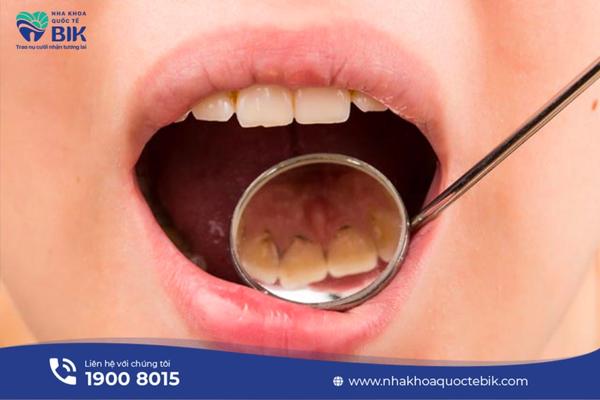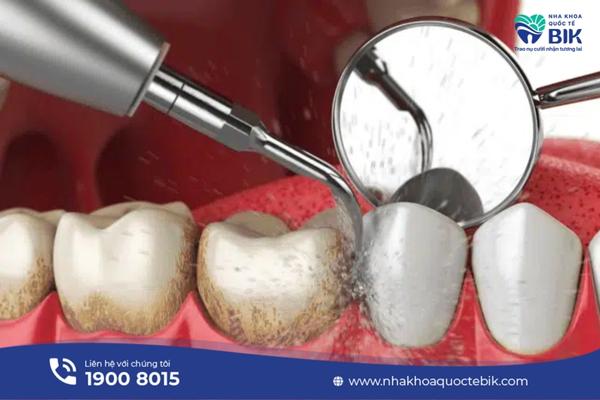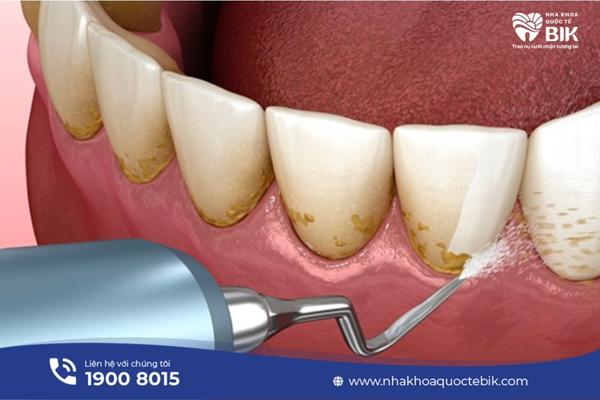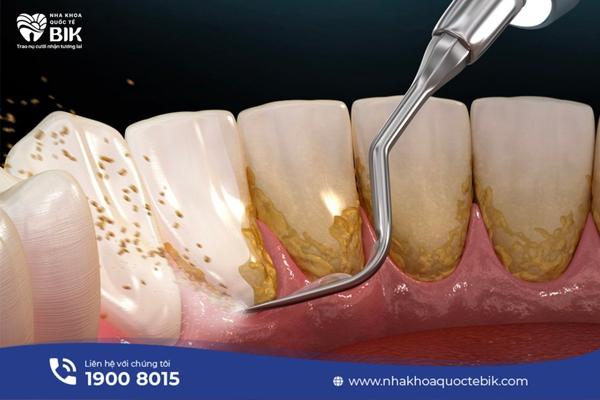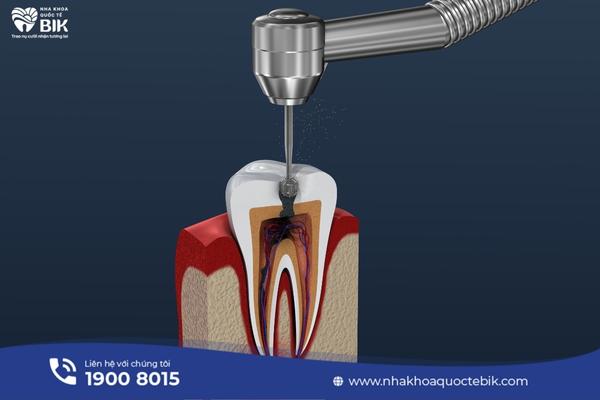Currently, malocclusion is a common problem in the dental field. To overcome this problem, people often prefer orthodontic treatment for malocclusion.
What is malocclusion? What causes malocclusion?
What is malocclusion?
Malocclusion is a condition of imbalance between the upper and lower teeth, causing them to not fit together on the jaw. If the malocclusion persists, it will affect the patient’s chewing and pronunciation functions. In addition, misaligned bite also makes the face unbalanced and lacks natural beauty.
What causes misaligned teeth?
The main cause of misaligned bite is often due to genetic factors from previous generations. In addition, malocclusion can also occur due to the influence of some external factors when young such as thumb sucking, tongue thrusting, pacifier use, or bottle feeding, etc., leading to changes in the jawbone structure.
6 common types of malocclusion
Depending on the severity of the malocclusion, the doctor will classify the malocclusion into 6 different basic types.
Protruding bite
Originating from the imbalance of the teeth or jawbone. You may notice that the upper teeth are usually larger than the lower teeth, when viewed from another angle, you will see the lips protrude and this can be easily observed with the naked eye.
Overbite
Overbite is often seen in people with underbite problems. As the lower teeth grow, they overlap the upper teeth and cause the upper teeth to push inward.
Overbite
When the upper teeth touch the lower teeth when not biting, the other teeth may not contact each other.
Open bite
An open bite is when part of the upper teeth does not contact the lower teeth, which can be in the front or inside of the jaw. When the mouth is open, the tongue can be seen because the teeth do not touch each other.
Deep bite
You can recognize a person with a deep bite when the upper teeth completely cover the lower teeth and the edge of the lower teeth touches the inside gum of the upper teeth.
Cross bite
Causes an unnatural and unattractive smile, often occurring in people with slightly crowded teeth. The upper teeth in the jaw can protrude or sink in an untidy manner.
4 methods of braces for misaligned bites
To correct misaligned bites, braces are an effective method that many people trust. Below are 4 orthodontic methods to treat malocclusion that you can consider and choose.
Mallocclusion braces with metal braces
Correcting malocclusion with metal braces is a method that uses archwire systems, brackets and accompanying devices to help teeth move to the correct position.
Metal braces help shorten orthodontic treatment time from 1 to 6 months compared to other methods. In addition, metal braces also help reduce costs for the patient because this is the most effective method.
Currently, there are 2 types of metal braces for you to choose from: traditional metal braces and self-locking metal braces.
Braces for misaligned bites with ceramic braces
Braces with ceramic braces have a similar structure to metal braces, but ceramic materials are used to enhance the aesthetics of the person wearing braces. The effectiveness of ceramic braces is not inferior to that of metal braces.
In addition to being highly effective and aesthetically pleasing, ceramic braces also have some limitations such as being fragile, easily stained, and expensive.
There are two types of ceramic braces: high-quality ceramic braces and self-locking ceramic braces.
Lingual braces for misaligned teeth
Lingual braces, also known as lingual braces, are a method of braces when the braces are attached to the inside of the teeth instead of the outside like traditional braces. This method is highly aesthetic and retains the therapeutic properties of braces.
However, lingual braces can be more expensive than traditional braces and the treatment time can also be longer than conventional metal braces.
Invisalign clear aligners for misaligned teeth
Invisalign is a method that uses a series of clear aligners. You don’t need to wear braces, wires or elastics, but you can still adjust your teeth to the desired position just by wearing braces.
Because Invisalign focuses on aesthetics, the price of braces with this method is quite high, and the time to adjust teeth is also longer than other braces methods.
How much does it cost to have braces for misaligned teeth and how long does it take?
To answer the question of how much it costs to have braces for misaligned teeth and how long it takes, you need to determine the condition of the misaligned teeth and the method of braces you choose.
-
Time: Time Braces usually last from 1 to 3 years.
-
Cost: The cost will depend on the treatment method and the condition of your teeth. You can choose an installment braces package to reduce financial pressure and feel secure during the treatment process.
In addition, the quality of the dental clinic and the expertise of the doctor also affect the price and treatment time of braces for misaligned teeth.
You can refer to the braces price list at BIK International Dental Clinic.
The above is important information for those who want to have orthodontics due to misaligned teeth. There are many different orthodontic methods, so to choose the right method and have an effective treatment plan, you need to go to a reputable dental clinic to get advice from experienced dentists.


